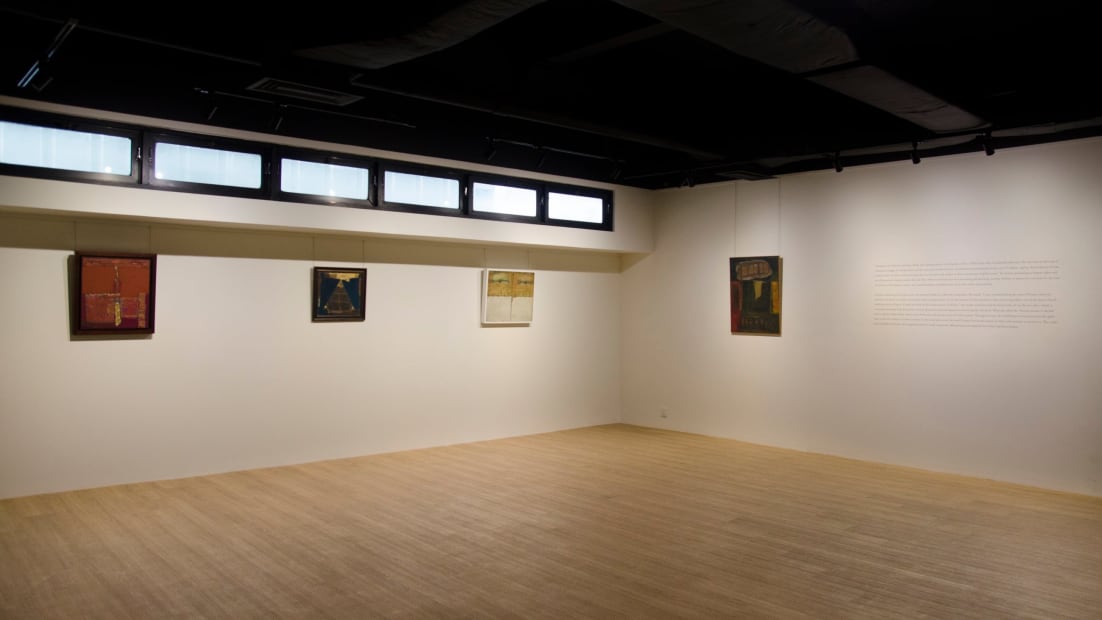UMI DACHLAN
METAPHORS FOR HUMANITY: Art Agenda, JKT
Past exhibition
Overview
Through social upheaval, spiritual callings and constant travels, Umi Dachlan (1942 – 2009) lived a life of profound reflection. She was born at the cusp of Indonesia’s struggle for independence and her early years involved a wave of rebellions surrounding her home city of Cirebon. Against the backdrop of tense political strife, Dachlan created paintings that were sensitive and modest in their commentary of global issues. The horrors pertaining to human rights and sexual harassment during incidents like the May 1998 riots of Indonesia were harrowing and shocking, moving Dachlan to express her concerns for the state of humanity. With abstract works, she created perceptive metaphors that are at once subtle and powerful.
Dachlan’s exploration of textures views the material world as a reflection of mankind. She noted, “I once wandered along the coast of France, when my attention was drawn to a wall, covered with cracks and green moss. It was the remains of what had been a firm and strong edifice, one of the many Church buildings found in France. It made me think of the human process of decline.” Her works extend beyond the French idea of “art for art’s sake,” which is commonly associated with abstraction. Instead, they pursue spiritual questions concerning life and death. What she called the “human process of decline” tied in with her Islamic faith, which frames both man and nature as part of God’s creation. Through her eyes, the crumbling of structures across the globe was a result of a collapse in human morality. To her, God had created the world’s beauty, but people lacked an inner consciousness to preserve it. The cracks and moulding of old ruins thus resonated with her, as she recognised, affirmed and contemplated that which had been broken.
Dachlan’s exploration of textures views the material world as a reflection of mankind. She noted, “I once wandered along the coast of France, when my attention was drawn to a wall, covered with cracks and green moss. It was the remains of what had been a firm and strong edifice, one of the many Church buildings found in France. It made me think of the human process of decline.” Her works extend beyond the French idea of “art for art’s sake,” which is commonly associated with abstraction. Instead, they pursue spiritual questions concerning life and death. What she called the “human process of decline” tied in with her Islamic faith, which frames both man and nature as part of God’s creation. Through her eyes, the crumbling of structures across the globe was a result of a collapse in human morality. To her, God had created the world’s beauty, but people lacked an inner consciousness to preserve it. The cracks and moulding of old ruins thus resonated with her, as she recognised, affirmed and contemplated that which had been broken.
Installation Views




